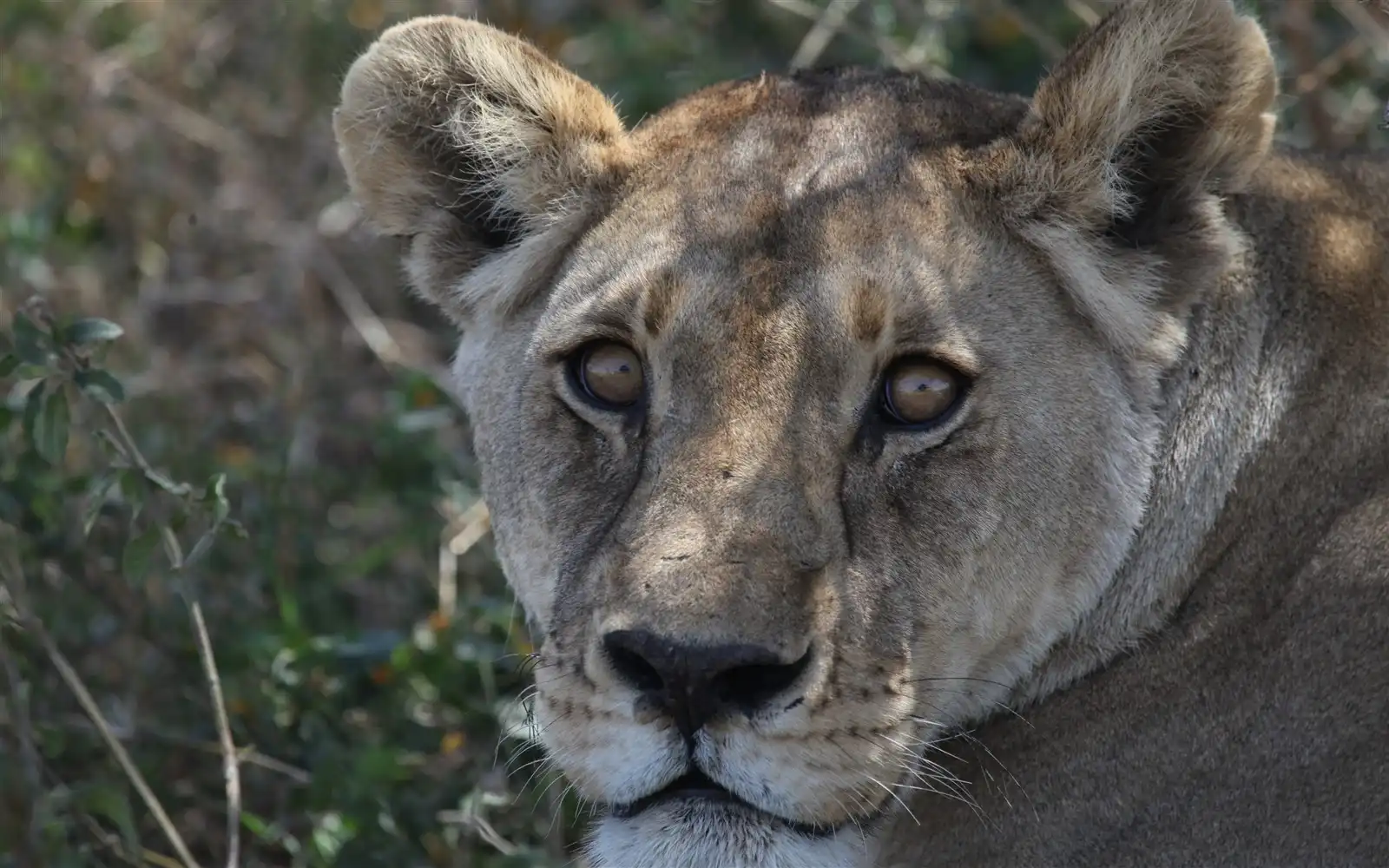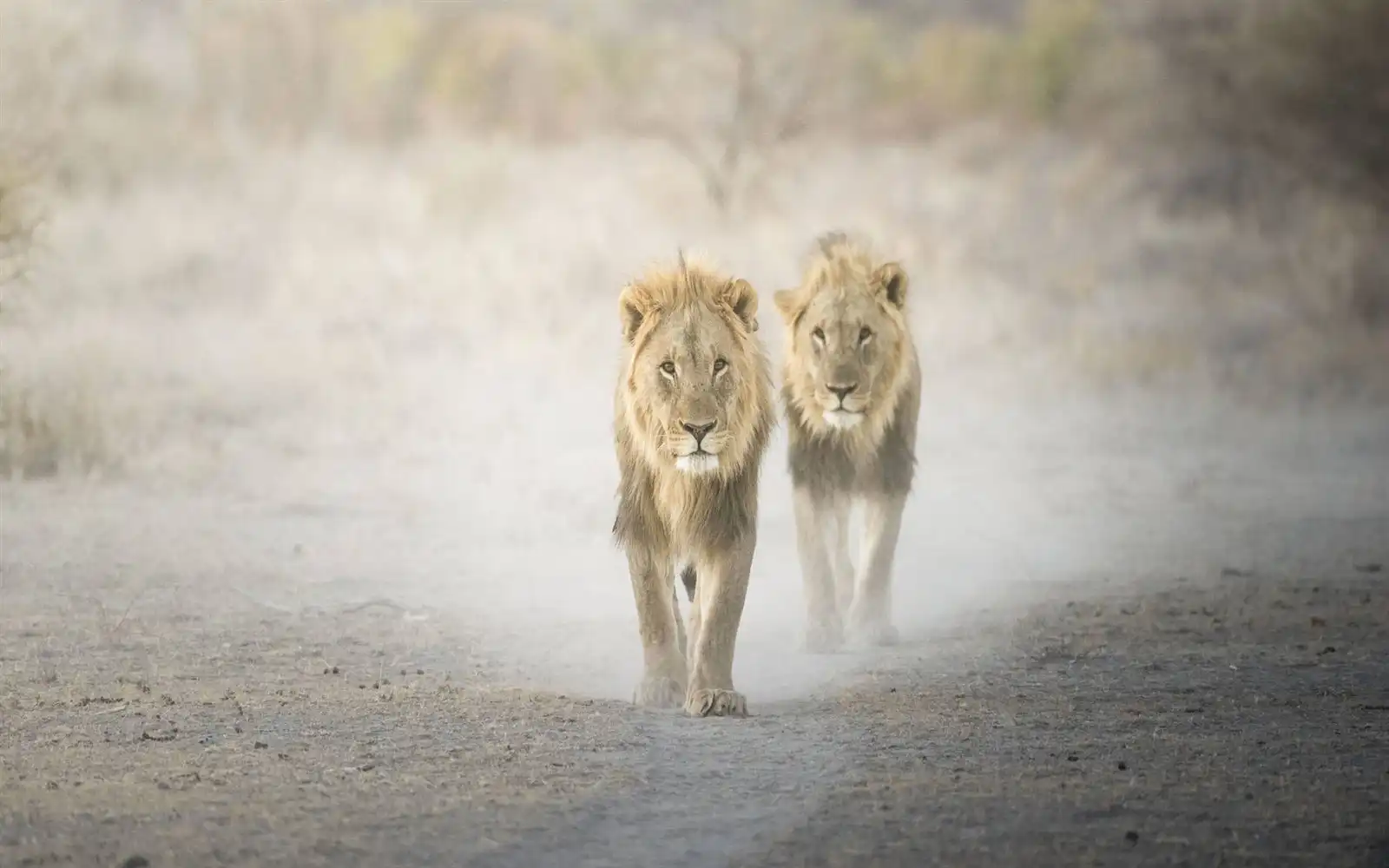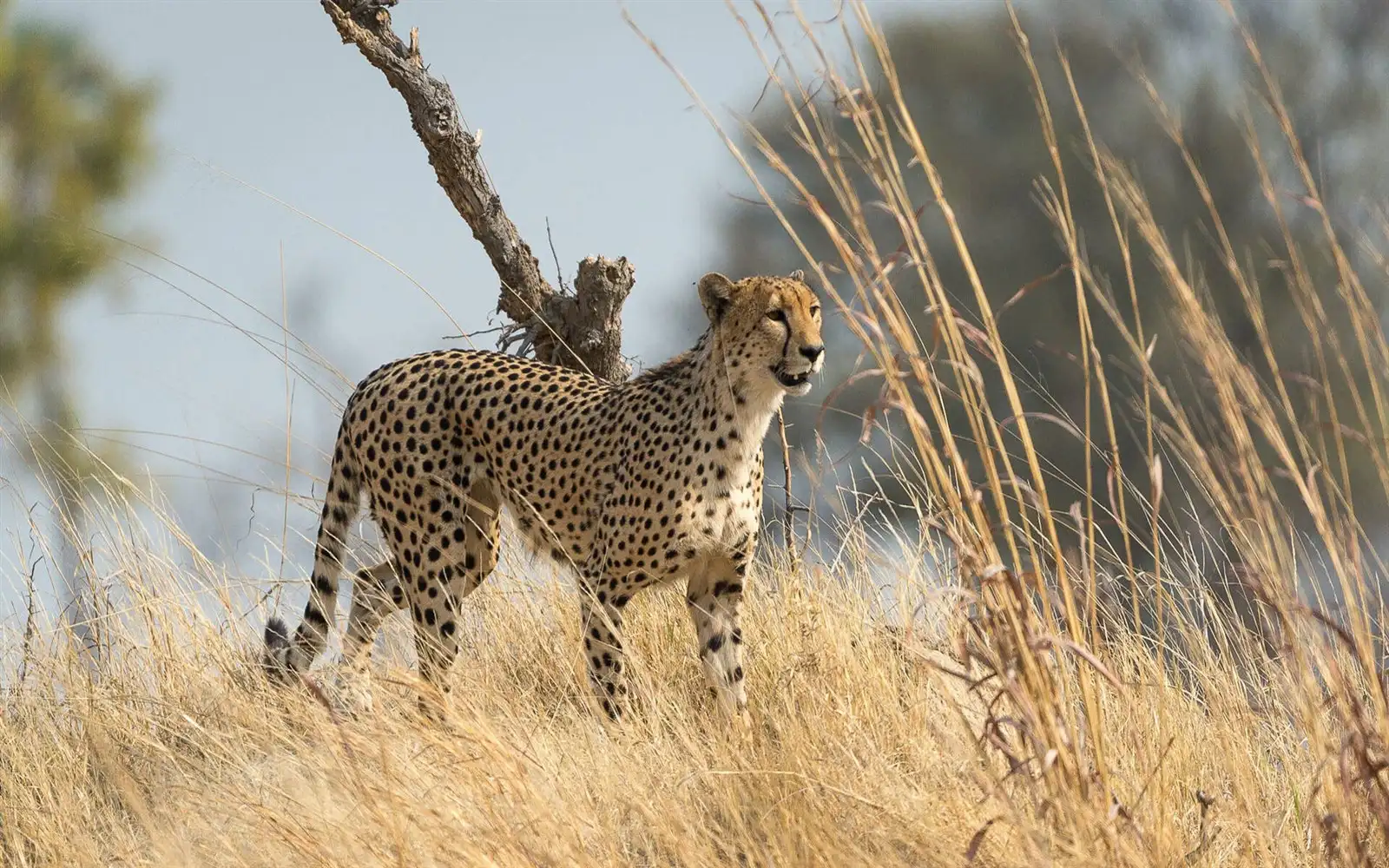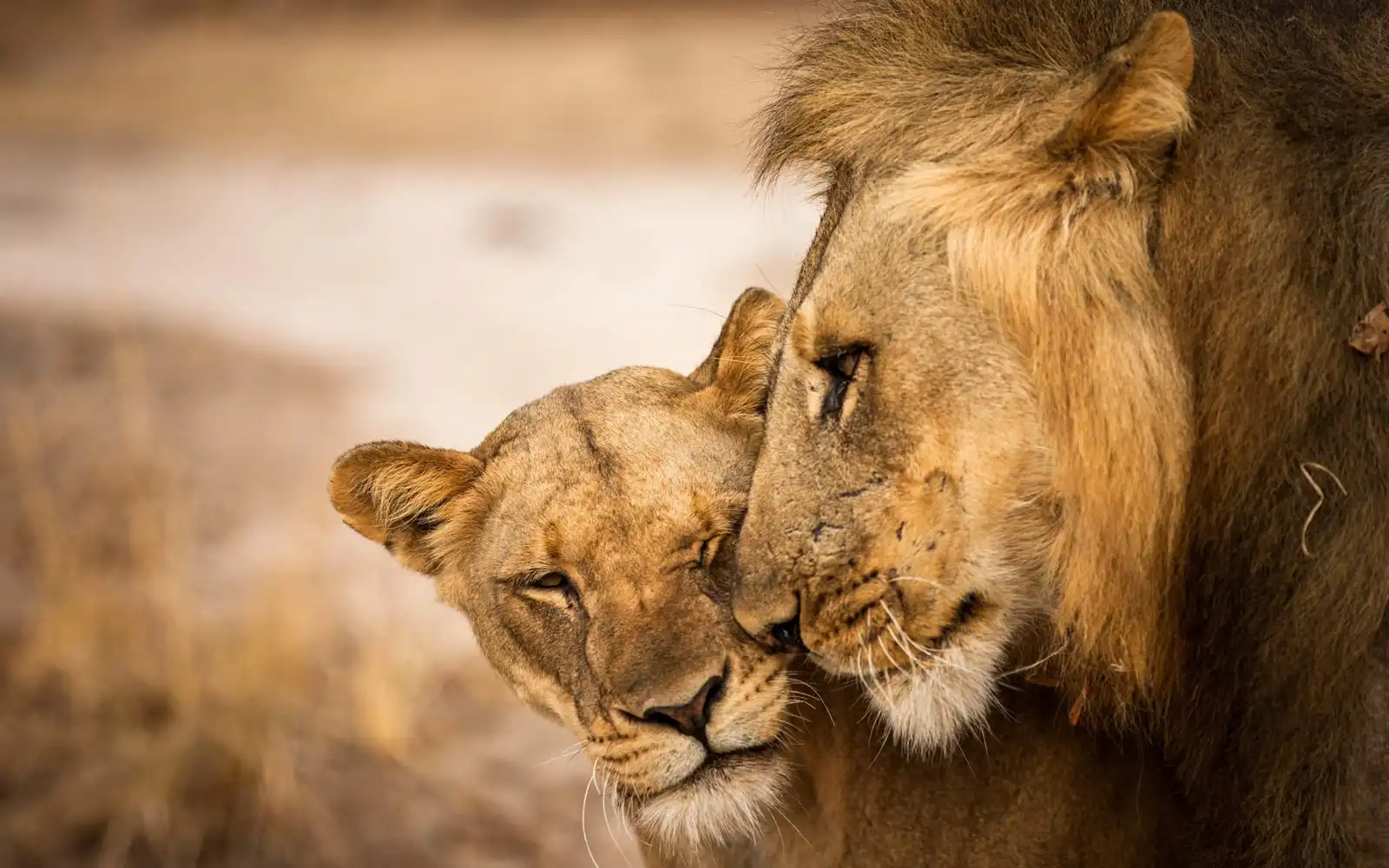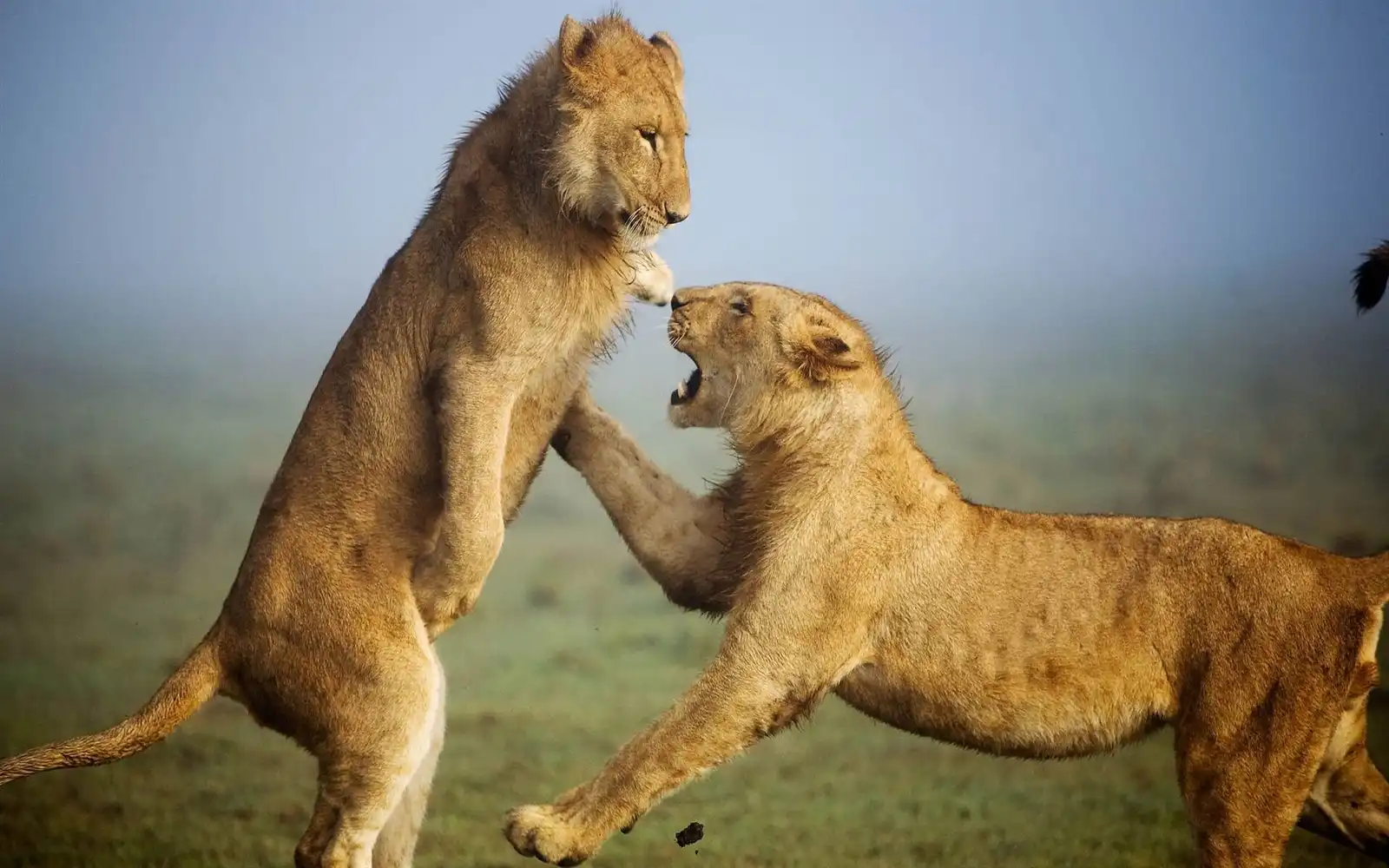Ruaha National Park
Ruaha Manyara National Park
Ruaha National Park is a national park in Tanzania, located in the southern part of the country. It covers an area of about 20,226 square kilometers and is home to a wide range of wildlife, including elephants, lions, leopards, giraffes, zebras, and more. The park is named after the Ruaha River, which runs through it, and is one of the largest national parks in Tanzania.
It is also one of the least visited parks in the country, which makes it an ideal destination for those seeking a more remote and off-the-beaten-path safari experience. The park is particularly known for its large elephant populations and its beautiful landscapes, which include rocky outcrops, rolling hills, and open plains. The best time to visit the park is during the dry season, from June to October, when wildlife is concentrated around the water sources.
Wildlife at Ruaha National Park
Ruaha has the largest concentration of elephants in East Africa with a population of around 10,000 of these gentle giants. Ruaha is also home to 10% of global lion populations.
You also have a chance of seeing leopards, cheetahs, zebras, elands, giraffes, impalas, bat-eared foxes, snakes, crocodiles, and jackals. Ruaha’s unique position on the verge of Southern Africa means that it is home to species from Southern and Eastern Africa. The greater and lesser kudu can both be found at Ruaha. Whilst the greater kudu is traditionally found in Southern Africa, the lesser kudu is found in East Africa.
Best Time to Visit Ruaha National Park
Best Time to Visit The best time to visit Ruaha National Park is during the dry season, which runs from June to October. During this period, wildlife sightings are more frequent, and the park is less humid. However, visitors can also visit the park during the wet season from November to May, where they can witness the lush green landscapes and witness the calving season of many of the park's ungulates.
Ruaha National Park is a must-visit destination for wildlife enthusiasts who are looking for an off-the-beaten-path experience in Tanzania. With its vast landscapes, rich wildlife, and a range of activities available, visitors are sure to have a memorable experience in the park. So pack your bags, book your flights, and get ready to explore the hidden gem of Tanzania's wildlife.
Safari StrideHistory of Ruaha National Park
The history of Ruaha National Park dates back to the colonial era when it was established as a game reserve in 1910 by the German authorities. At that time, the reserve was known as Saba Game Reserve and covered an area of about 13,000 square kilometers. The reserve was later expanded in the 1940s by the British colonial government and renamed Rungwa Game Reserve.
In 1964, after Tanzania gained independence, Rungwa Game Reserve was merged with the adjacent Usangu Game Reserve to form the present-day Ruaha National Park. The park was officially established in 1964 and was named after the Great Ruaha River.
Since its establishment, Ruaha National Park has undergone significant development to become one of Tanzania's premier wildlife conservation areas. The park is home to a diverse array of flora and fauna, including large herds of elephants, buffaloes, and antelopes. The park is also home to over 500 species of birds, making it a popular destination for bird watchers.
In recent years, the park has faced several challenges, including poaching, encroachment by human settlements, and climate change. However, the Tanzanian government, in partnership with various conservation organizations, has implemented several measures to address these challenges and ensure the long-term sustainability of the park.
Overall, the history of Ruaha National Park is one of transformation from a colonial game reserve to a modern-day conservation area. The park's rich history, coupled with its diverse wildlife and scenic beauty, make it a must-visit destination for nature lovers and wildlife enthusiasts alike.
